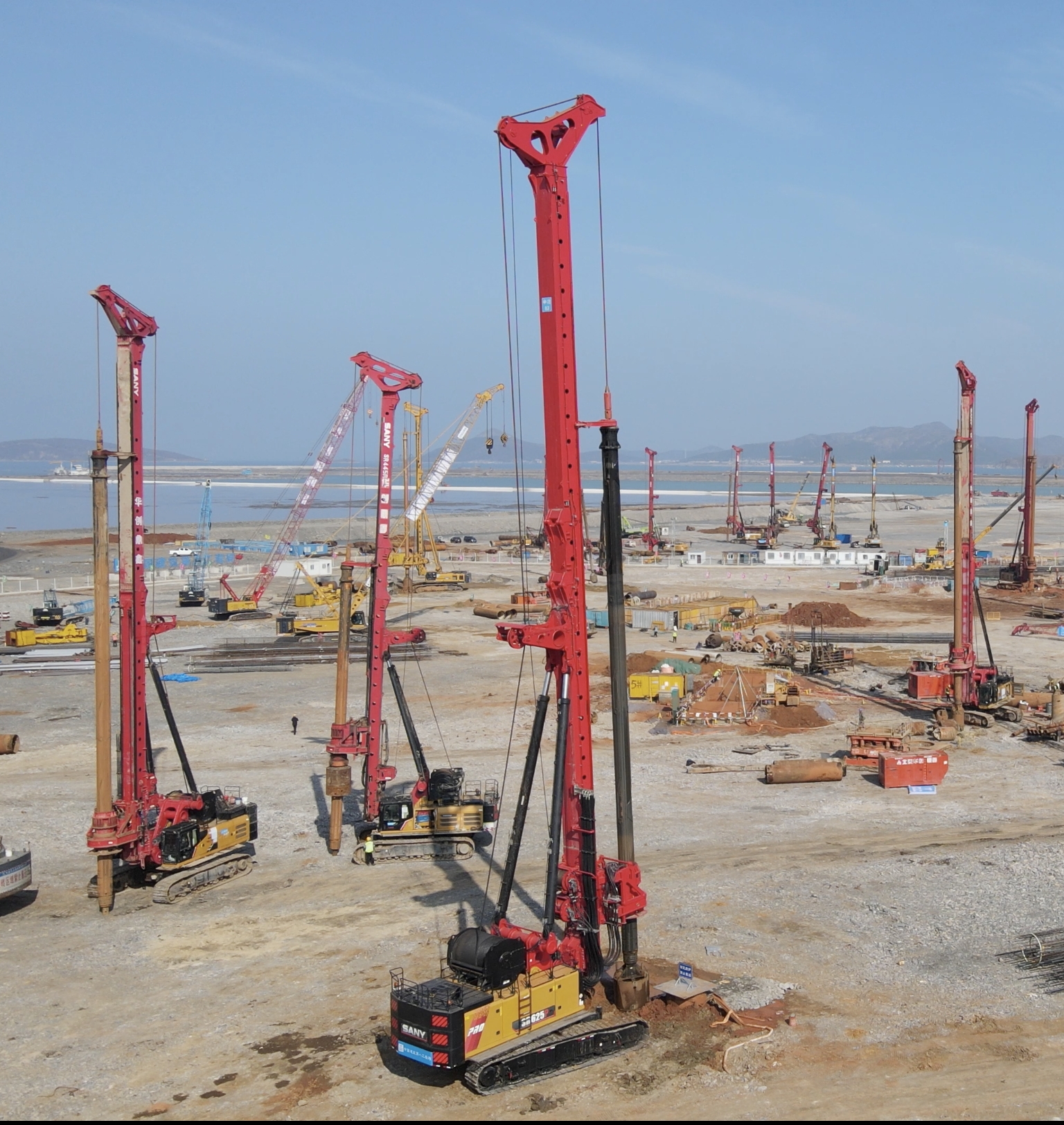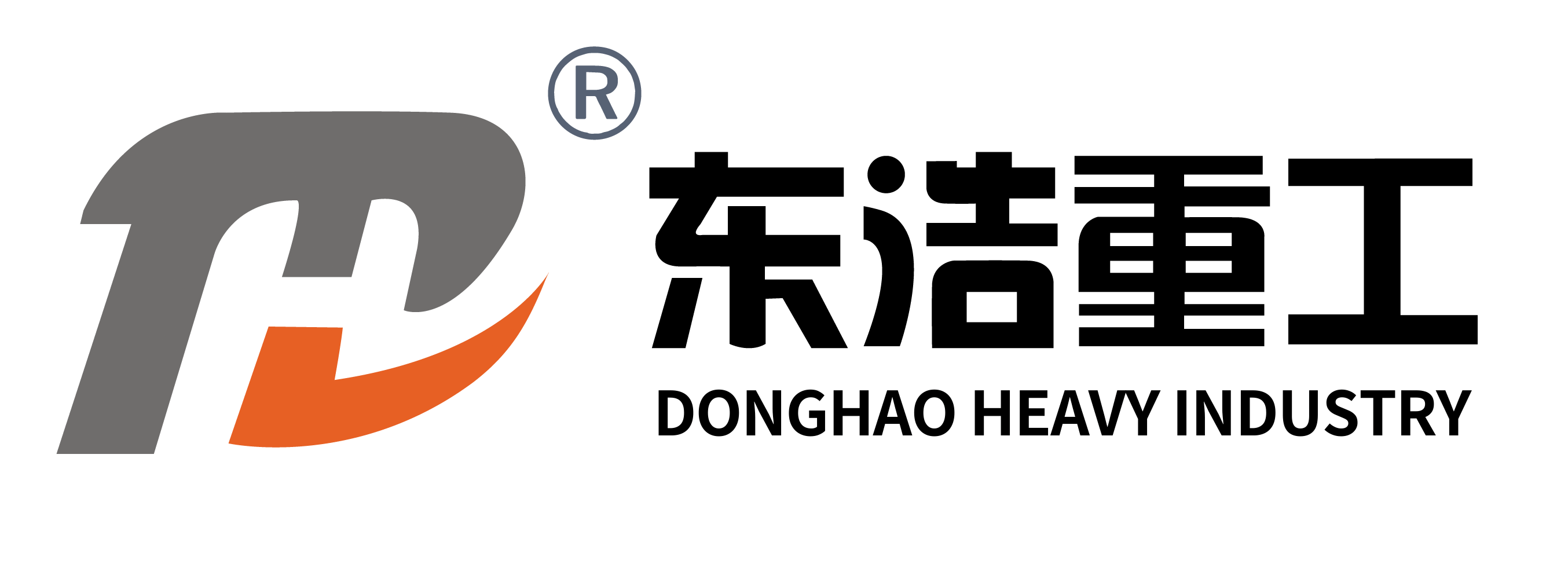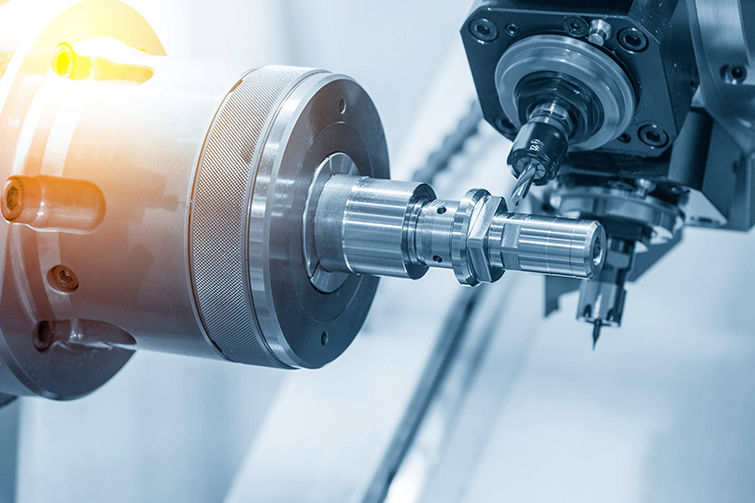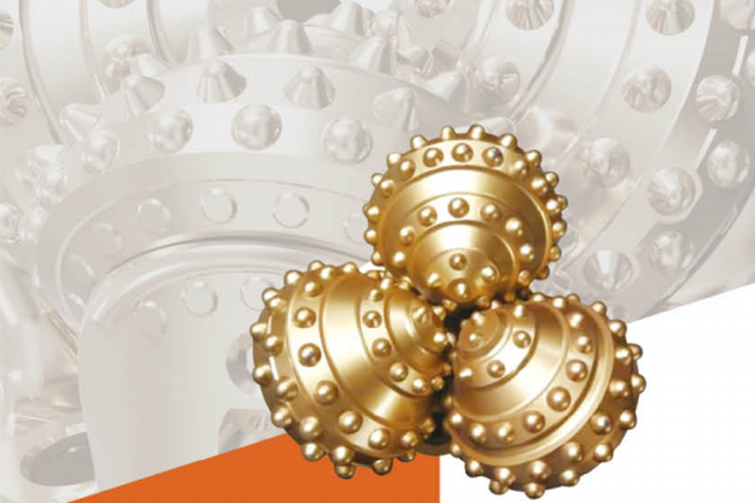
The Essential Guide to Trenchless Reamers: Revolutionizing Underground Construction
Understanding Trenchless Reaming Technology
Trenchless reaming is a cutting-edge method used in underground construction to enlarge existing pipelines or create new pathways without the need for extensive excavation. This technique utilizes a trenchless reamer, a specialized tool designed to cut through soil and other materials, making it ideal for urban areas where traditional digging methods are impractical.
The Benefits of Using Trenchless Reamers
The advantages of trenchless reaming are numerous. Firstly, it significantly reduces surface disruption, preserving landscapes and reducing traffic delays. Secondly, it is more cost-effective in the long run, as it minimizes the need for restoration work. Lastly, it is environmentally friendly, as it reduces the carbon footprint associated with traditional excavation methods.
Applications of Trenchless Reamers in Modern Construction
Trenchless reamers are versatile tools used in various applications, including sewer line expansion, water main installation, and gas pipeline projects. Their ability to work in challenging conditions makes them indispensable for modern infrastructure development.
Choosing the Right Trenchless Reamer for Your Project
Selecting the appropriate trenchless reamer depends on several factors, such as soil type, project size, and the material of the existing pipeline. Consulting with experts and conducting a thorough site assessment are crucial steps in ensuring the success of your project.
FAQs
What is the main advantage of trenchless reaming over traditional methods?
The primary advantage is the minimal surface disruption, which leads to lower restoration costs and less environmental impact.
Can trenchless reamers be used in all types of soil?
While trenchless reamers are adaptable, certain soil conditions may require specific types of reamers or additional preparation to ensure effective operation.
How do I maintain a trenchless reamer?
Regular inspection and cleaning after use are essential. Additionally, following the manufacturer's maintenance guidelines will prolong the tool's lifespan and ensure optimal performance.








